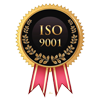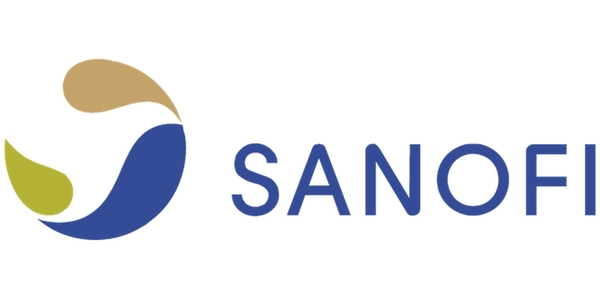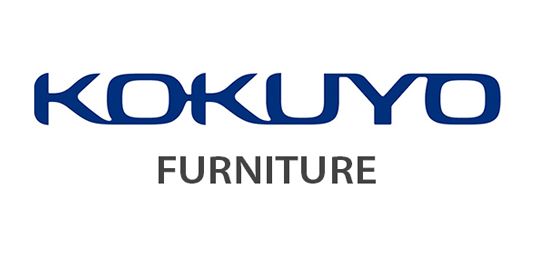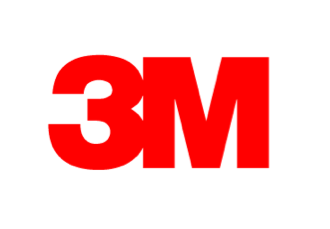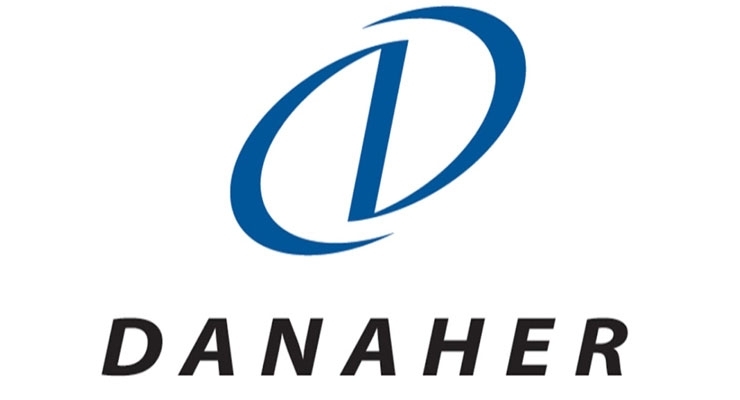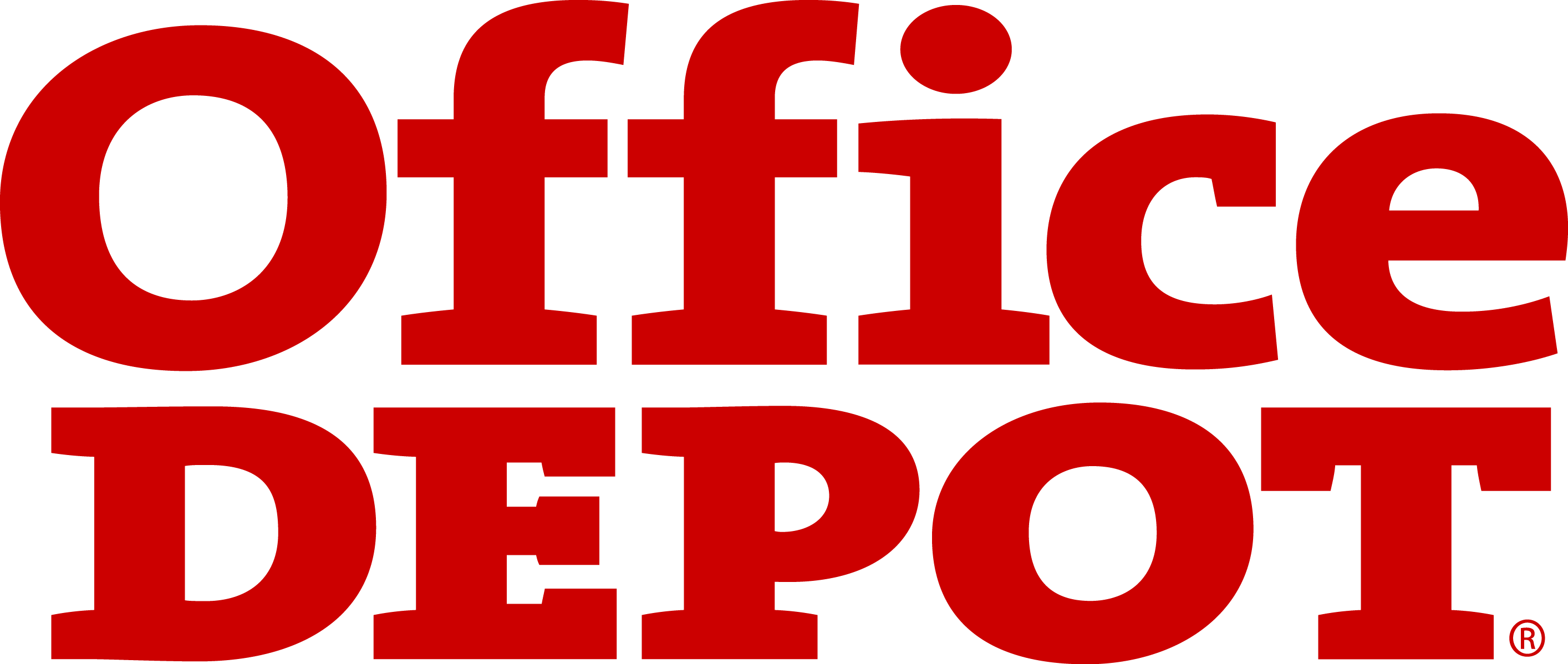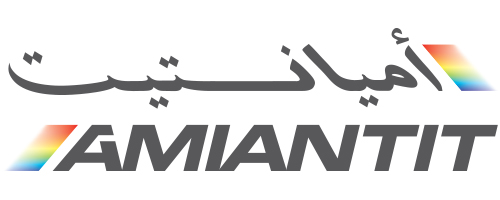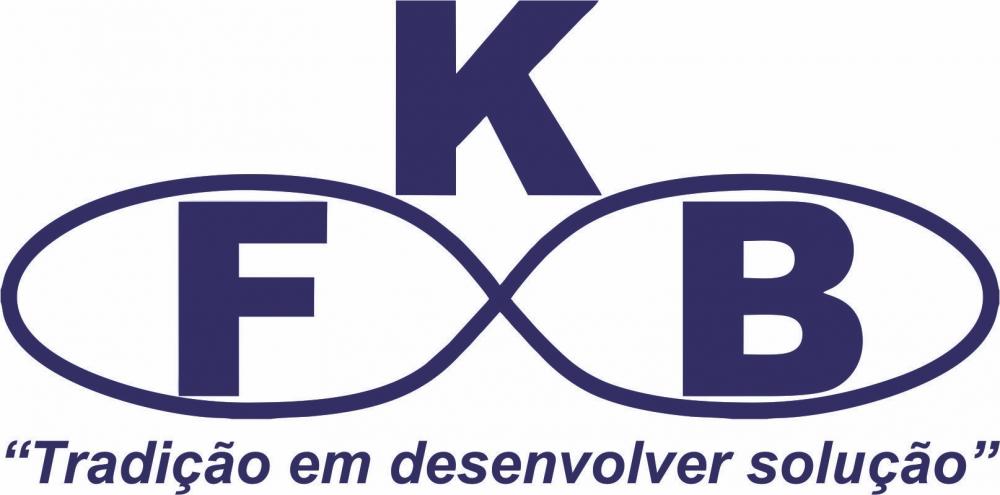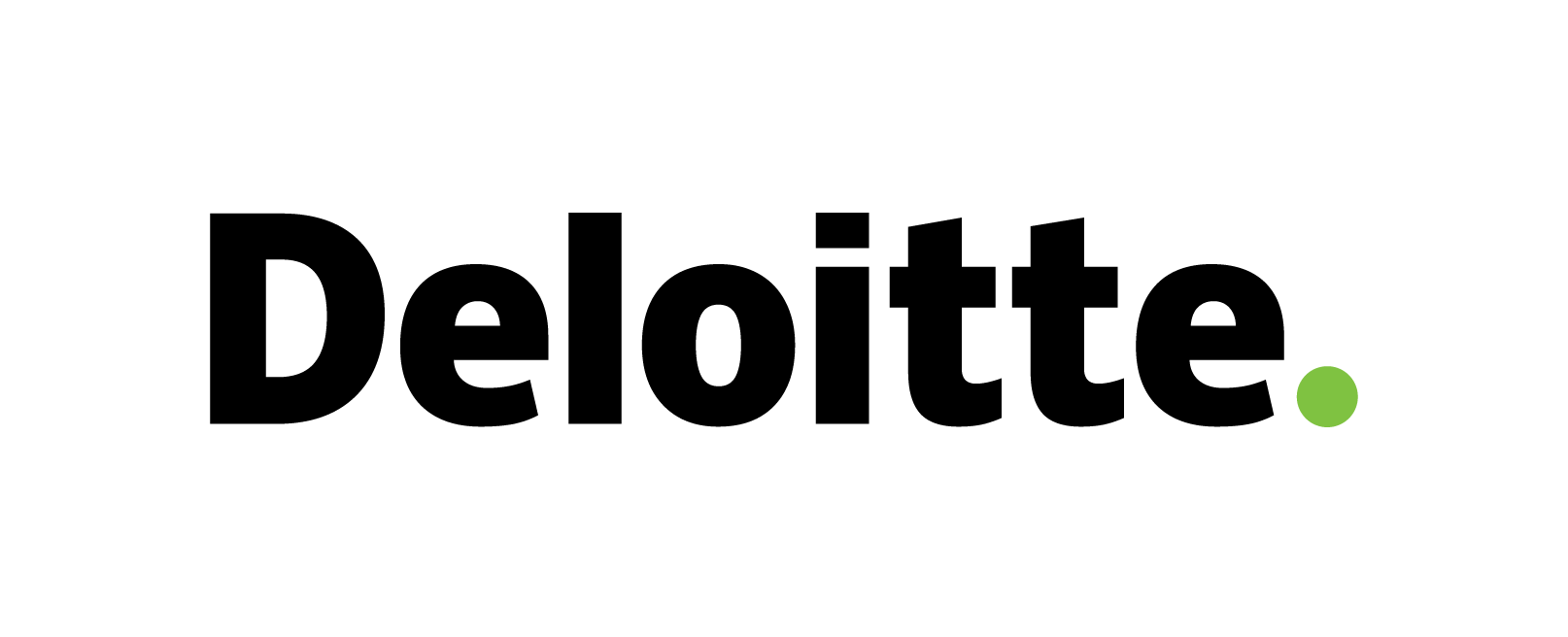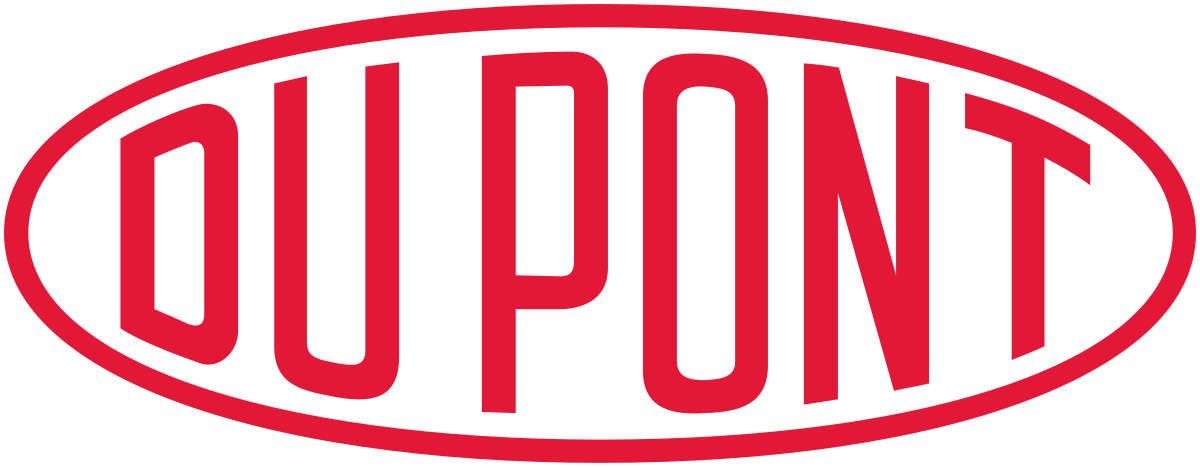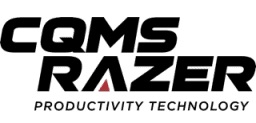Brain Computer Interface Market
Brain Computer Interface Market Trends, Opportunity, and Forecast Analysis, 2025-2035
Brain Computer Interface market revenue to generate USD 11.8 Billion revenue by 2035, according to KDMI analyst’s growth analysis. The market is segmented by product type, technology, component, and by region.
Brain Computer Interface Market Size Survey Report – In a Glance
As per the survey report on Global Brain Computer Interface market, the market is projected to foresee a CAGR of 15.5% between 2025-2035, and further generate a market size of USD 11.8 billion revenue by the end of 2035. In the year 2025, the market size was valued at USD 2.8 billion revenue.
- The global Brain Computer Interface market is projected to grow on account of the rise in prevalence of neurodegenerative disorders and increased investment in neuroscience research.
- In Japan, the Brain Computer Interface market growth can be attributed to the agility, security by design and efficient operations offered by Brain Computer Interface that allow businesses to meet the evolving digital demands.
- KDMI analyst’s growth analysis foresees high cost of brain computer interface systems and shortage of skilled professionals to pose a challenge to the market growth.
- North America, having the highest market share in the Brain Computer Interface market, is projected to dominate the global market.
Brain Computer Interface Market Analysis
A Brain Computer Interface (BCI) establishes a direct link of communication between the brain’s electrical activity and an external device, typically through sensors. BCIs interpret brain activities to determine functional intent, enabling its user to interact with their environment by only using their thoughts. Its main goal is to replace or restore useful function to people that are disabled due to neuromuscular disorders such as amyotrophic lateral sclerosis, cerebral palsy, stroke, or spinal cord injury. Medtronic G.Tec medical engineering GmbH, Natus Medical Incorporated, Compumedics Neuroscan, Brain Products GmbH, are some of the significant parties in the global market for Brain Computer Interface.
Analyst’s Observation on Japan Brain Computer Interface Market Survey
The Japan Brain Computer Interface market is a growing market primarily driven by its rapidly aging population. It is considered one of the most aged societies globally which leads to an increase in cases of neurodegenerative diseases, mobility issues, and age-related cognitive decline. More than 1 in 10 people in the country are now aged 80 or older, according toa report by World Economic Forum. Almost a third of its population is over 65 – an estimated 36.23 million. This demographic trend is impacting the region and creating an increased demand for advanced medical technologies like BCIs to support the elderly care, enhance mobility and enable communication in patients with motor impairments. In addition, the strong healthcare infrastructure of the region has implemented more focus on the technological innovation to further support the adoption of BCI leading to market expansion.
|
Brain Computer Interface Market: Report Scope |
|
|
Base Year |
2024 |
|
Estimated Market Size |
USD 2.8 Billion in 2025 |
|
Forecast Year |
2025-2035 |
|
Projected Market Size |
USD 11.8 Billion in 2035 |
|
CAGR Value |
15.5% |
|
Brain Computer Interface Market Key Trends/Major Growth Drivers |
|
|
Restraint Factors |
|
|
Brain Computer Interface Market Segmentation |
|
|
Brain Computer Interface Market Key Players |
Medtronic, G. Tec medical engineering GmbH, Natus Medical Incorporated, Compumedics Neuroscan, Brain Products GmbH, Integra LifeSciences Corporation, Advanced Brain Monitoring, Inc., EMOTIV, NeuroSky, ANT Neuro, NIRx Medical Technologies, LLC, Ripple Neuro., Neuroelectrics, Others |
Brain Computer Interface Market Growth Drivers and Challenges
Growth Drivers
Rise in Prevalence of neurodegenerative disorders:
A key driver for the growth of brain computer interface (BCI) market is the rising prevalence of neurodegenerative disorders and neurodevelopmental conditions. Various diseases like Alzheimer’s, Parkinson’s and amyotrophic lateral sclerosis (ALS) have increasingly become common due to an aging population and changing lifestyles, currently affecting approximately 15% of the worldwide population. These disorders effect communication, movement and cognitive function, making conventional treatments less effective at the advanced stages of these diseases. Brain computer interfaces help enable direct communication between the brain and external devices, enhancing mobility, communication and the quality of life for the patients. This major factor is responsible for boosting the growth of this market.
Increased Investment in Neuroscience Research:
Another significant factor that contributes to the market expansion of the brain computer interface market is the rise in the investment in neuroscience research. There is an increase in the allocation of resources to explore the complexities of the human brain by governments, private organizations and academic institutions which has led to rapid advancements in BCI technologies. 21st Century Cures Act authorization have invested $152 million in FY 2022 to $450 million in FY 2023, representing an increase of $298 million. Such investments have led to various breakthroughs in brain mapping, signal processing, and neurofeedback mechanisms, which significantly impacts and enhances the performance of and reliability on BCI systems. As this sector evolves and receives a strong financial support, it leaves room for a wider market growth and expansion.
Market Challenges and Restraints
High Cost of Brain Computer Interface Systems:
One of the major restraints of the market is the high cost of the technology considering its importance within the market as well as the demand. The technology is complex and thus, is generally expensive and cannot be afforded by everyone. Reported costs of wearable BCIs range from hundreds to thousands of dollars, which may result in unequal access. The demand for such technology is immense but the high costs deter consumers and thus, creates a challenge for the growth of the market. Moreover, the cost barrier limits not only individual users but also users from small organisations as it limits broader adoption due to budget-constraints. Therefore, this could deter many potential users from investing in this particular technology.
Shortage of Skilled Professionals:
The brain computer interface market is a niche market that faces a shortage of trained medical professionals within this field leading to certain restraints. In a report by World Economic Forum, it has been stated that there will be an estimated shortfall of 10 million healthcare workers worldwide by 2030. Proper and effective use of BCI systems, in clinical and rehabilitation settings, demands specialized knowledge and trained individuals to help apply it in a useful manner. Various tasks such as precise electrode placement, and managing neural interfaces require skilled expertise, that is currently limited. There is a shortage of experienced and well-trained professionals within the industry thus imposing certain restraints and challenges towards the growth of the market.
Brain Computer Interface Market Segmentation
Our experts at KD Market Insights have segmented the global Brain Computer Interface market research report as:
|
By Product Type |
|
|
By Technology |
|
|
By Component |
|
|
By Region |
|
Brain Computer Interface Market Regional Synopsis
North America dominates the global Brain Computer Interface market due to the well-established health care infrastructure and high investment in R&D. The region benefits due to the presence of a thriving tech ecosystem, strong collaboration between academic institutions, private firms and government bodies. Such partnerships accelerate innovation, thus, positioning North America at the forefront of BCI development and fuelling the market growth.
Asia-pacific market is experiencing a rapid growth in BCI, which is supported by an expanding healthcare system, increased awareness regarding neurological disorders and support from government for medical innovation. Heavy investments in AI and neurotechnology by the countries of this region serves to boost the market expansion.
Europe expresses significant potential in BCI market fuelled by a strong emphasis on academic research networks and funding of neuroscience initiatives by the public. The region has a strong focus on ethical innovation and patient-centered technology development, contributing to the market growth.
In Latin America, there is a steady growth in the BCI market. Improvements in healthcare infrastructure and increased interest in neurotechnology motivates the market growth of this region. Middle East and Africa are experiencing gradual growth due to the emergence of innovation hubs and investments in smart healthcare and neuro-tech research.
As per our analysts at KD Market Insights, the following five players lead the North America Brain Computer Interface market growth:
- Neuralink
- Neurable
- Emotiv
- Kernel
- NextMind
Brain Computer Interface Market Competitive Landscape
Some of the key players who top the global Brain Computer Interface market share:
- Medtronic
- G.Tec medical engineering GmbH
- Natus Medical Incorporated
- Compumedics Neuroscan
- Brain Products GmbH
- Integra LifeSciences Corporation
- Advanced Brain Monitoring, Inc.
- EMOTIV
- NeuroSky
- ANT Neuro
- NIRx Medical Technologies, LLC
- Ripple Neuro.
- Neuroelectrics
- Executive Summary
- Market Overview
- Key Findings
- Market Trends
- Market Outlook
- Introduction
- Scope of the Report
- Research Methodology
- Definitions and Assumptions
- Acronyms and Abbreviations
- Market Dynamics
- Drivers
- Restraints
- Opportunities
- Challenges
- Global Brain Computer Interface Market
- Market Overview
- Market Size and Forecast
- Market Segmentation
- By Product type
- By Technology
- By Component
- By Region
- Market Segmentation by Product type
- Non-Invasive Brain Computer Interface
- Partially Invasive Brain Computer Interface
- Invasive Brain Computer Interface
- Market Segmentation by Technology
- Electroencephalography
- Functional Magnetic Resonance Imaging
- Magnetencephalography
- Electrocorticography
- Functional Near-Infrared Spectroscopy
- Market Segmentation by Component
- Hardware
- Software
- Regional Analysis
- North America
- United States
- Market Size and Forecast
- Key Trends and Developments
- Market Analysis by Product type, Technology, and Component
- Canada
- Market Size and Forecast
- Key Trends and Developments
- Market Analysis by Product type, Technology, and Component
- Mexico
- Market Size and Forecast
- Key Trends and Developments
- Market Analysis by Product type, Technology, and Component
- United States
- Europe
- United Kingdom
- Market Size and Forecast
- Key Trends and Developments
- Market Analysis by Product type, Technology, and Component
- Germany
- Market Size and Forecast
- Key Trends and Developments
- Market Analysis by Product type, Technology, and Component
- France
- Market Size and Forecast
- Key Trends and Developments
- Market Analysis by Product type, Technology, and Component
- Italy
- Market Size and Forecast
- Key Trends and Developments
- Market Analysis by Product type, Technology, and Component
- Spain
- Market Size and Forecast
- Key Trends and Developments
- Market Analysis by Product type, Technology, and Component
- Rest of Europe
- Market Size and Forecast
- Key Trends and Developments
- Market Analysis by Product type, Technology, and Component
- United Kingdom
- Asia Pacific
- China
- Market Size and Forecast
- Key Trends and Developments
- Market Analysis by Product type, Technology, and Component
- Japan
- Market Size and Forecast
- Key Trends and Developments
- Market Analysis by Product type, Technology, and Component
- India
- Market Size and Forecast
- Key Trends and Developments
- Market Analysis by Product type, Technology, and Component
- Australia
- Market Size and Forecast
- Key Trends and Developments
- Market Analysis by Product type, Technology, and Component
- South Korea
- Market Size and Forecast
- Key Trends and Developments
- Market Analysis by Product type, Technology, and Component
- Rest of Asia Pacific
- Market Size and Forecast
- Key Trends and Developments
- Market Analysis by Product type, Technology, and Component
- China
- Latin America
- Brazil
- Market Size and Forecast
- Key Trends and Developments
- Market Analysis by Product type, Technology, and Component
- Argentina
- Market Size and Forecast
- Key Trends and Developments
- Market Analysis by Product type, Technology, and Component
- Colombia
- Market Size and Forecast
- Key Trends and Developments
- Market Analysis by Product type, Technology, and Component
- Rest of Latin America
- Market Size and Forecast
- Key Trends and Developments
- Market Analysis by Product type, Technology, and Component
- Brazil
- Middle East & Africa
- South Africa
- Market Size and Forecast
- Key Trends and Developments
- Market Analysis by Product type, Technology, and Component
- Saudi Arabia
- Market Size and Forecast
- Key Trends and Developments
- Market Analysis by Product type, Technology, and Component
- UAE
- Market Size and Forecast
- Key Trends and Developments
- Market Analysis by Product type, Technology, and Component
- Rest of Middle East & Africa
- Market Size and Forecast
- Key Trends and Developments
- Market Analysis by Product type, Technology, and Component
- South Africa
- North America
- Competitive Landscape
- Market Share Analysis
- Company Profiles
- Dell Technologies, Inc.,
- Allied Telesis Holdings Co., Ltd.,
- Intel Corporation, Advantech Co., Ltd.,
- Black Box Limited (Essar Group),
- Arista Networks, Inc.,
- Cisco Systems Inc.,
- Siemens AG,
- Hewlett Packard Enterprise Company,
- Huawei Technologies Co., Ltd. (Huawei Investment & Holding Co., Ltd.)
- D-link Corporation, Moxa Inc
- Others
- Strategic Recommendations
- Appendix
- List of Tables
- List of Figures
- References

Need Customized Report for Your Business ?
Utilize the Power of Customized Research Aligned with Your Business Goals
Request for Customized Report- Quick Contact -
- ISO Certified Logo -

